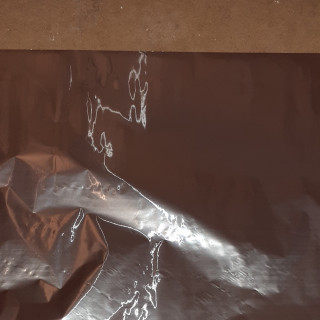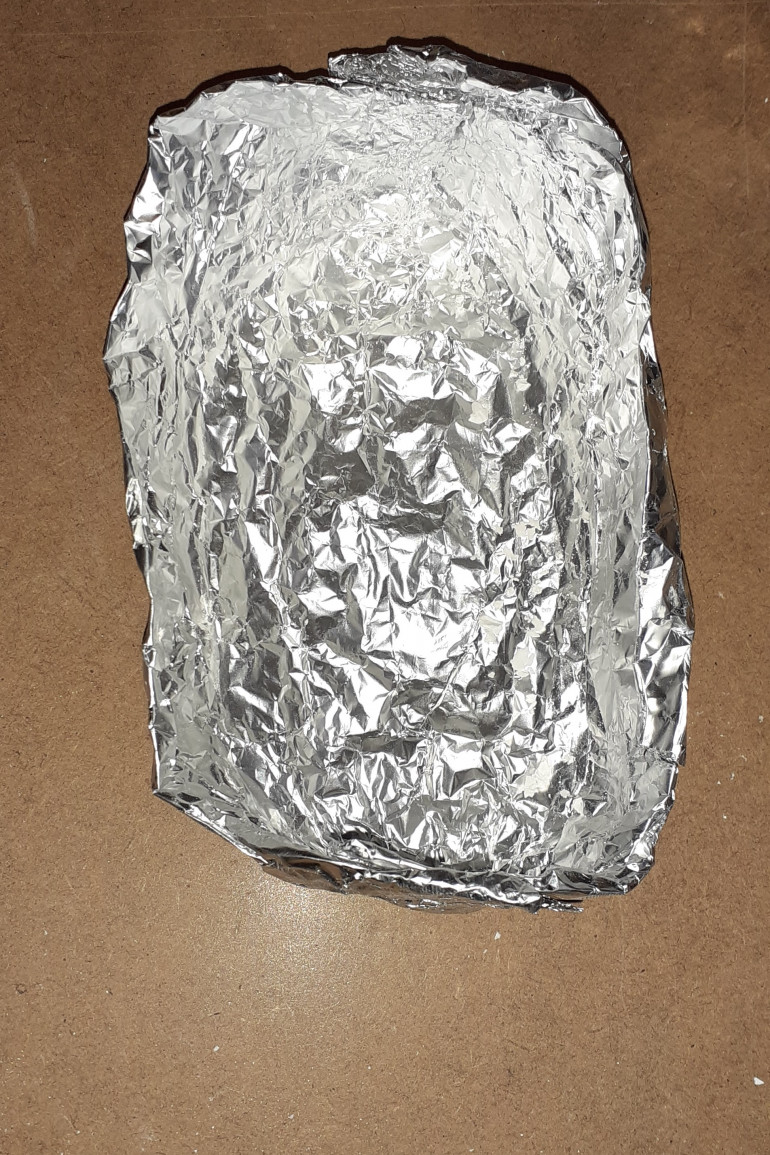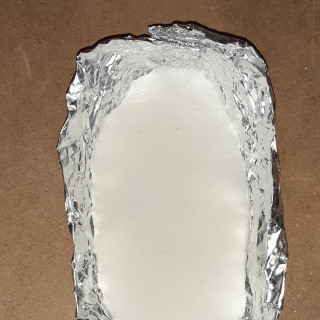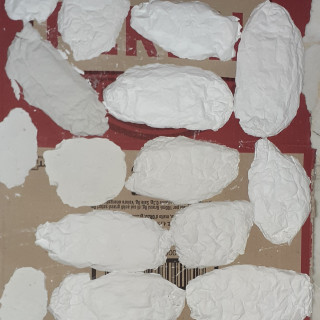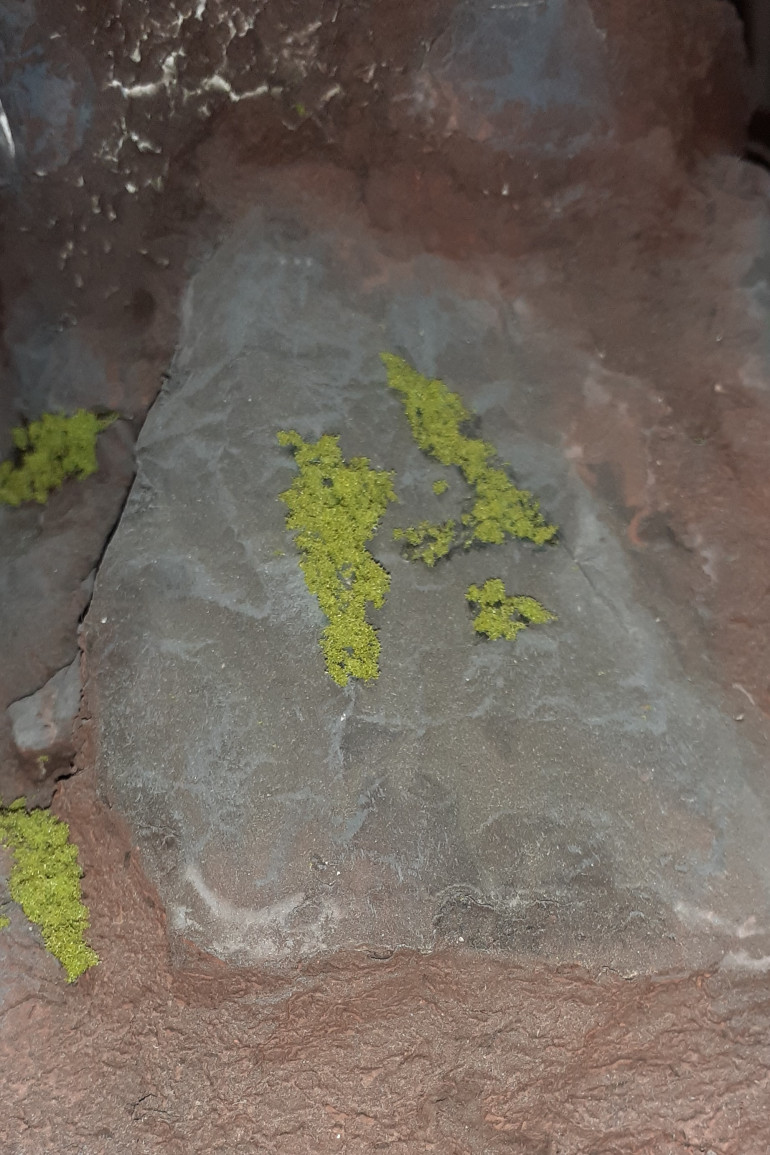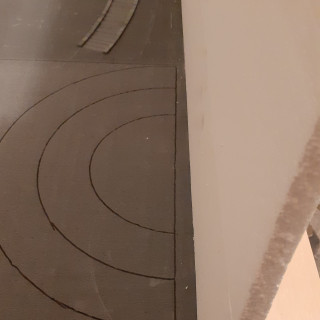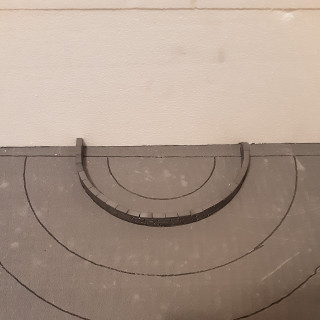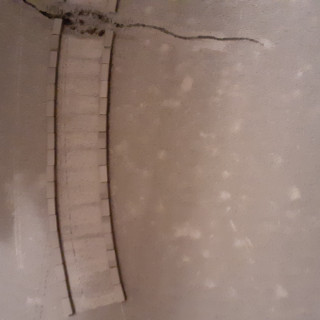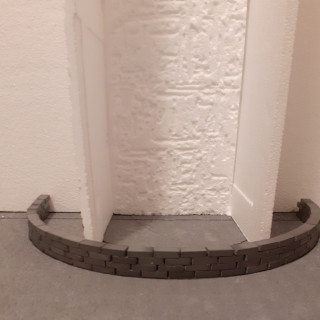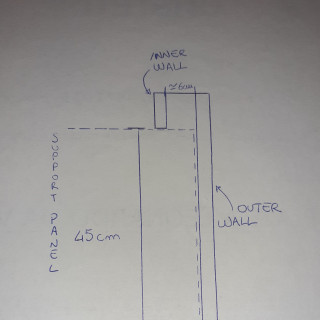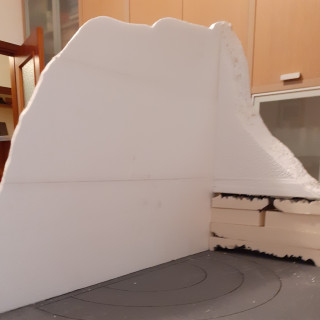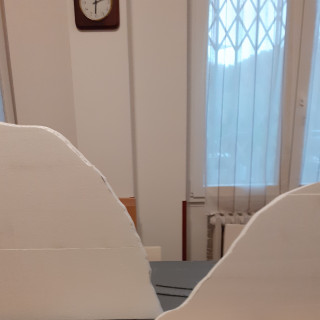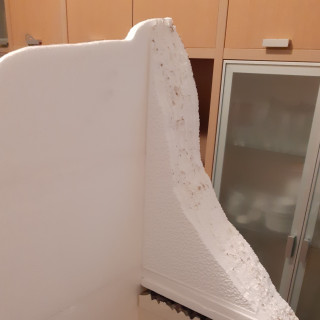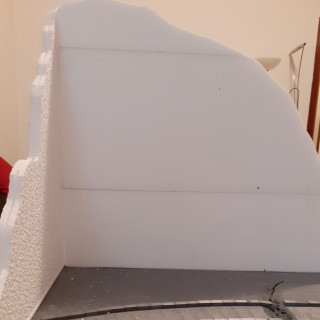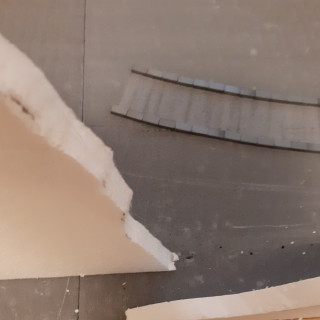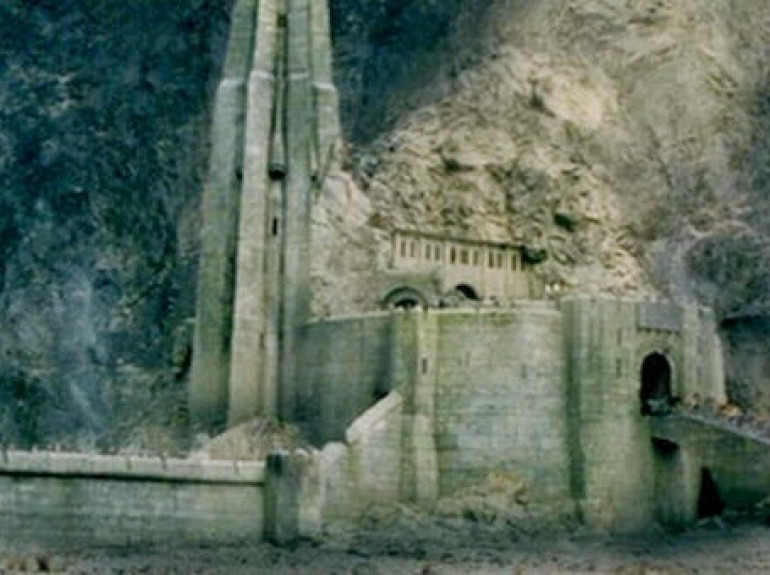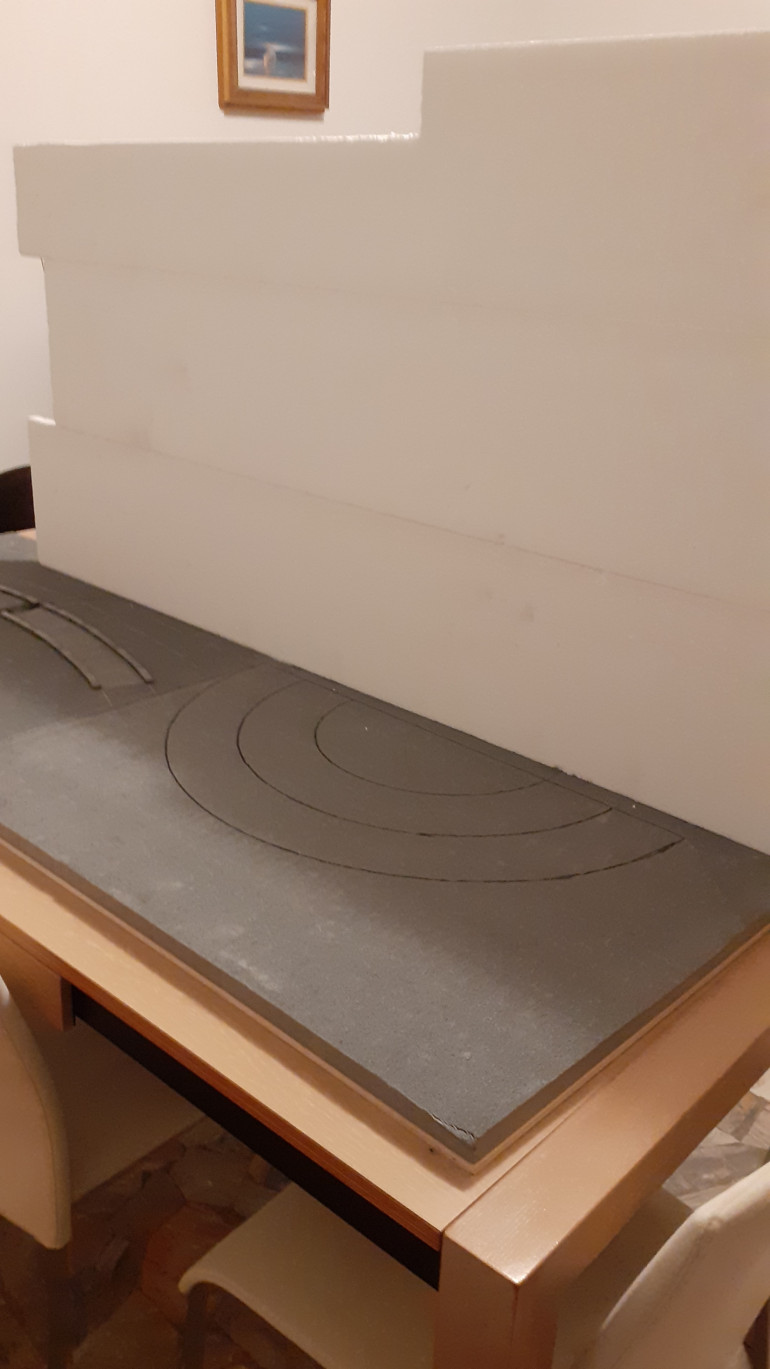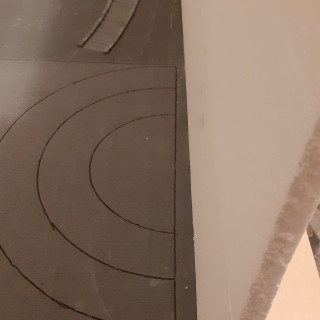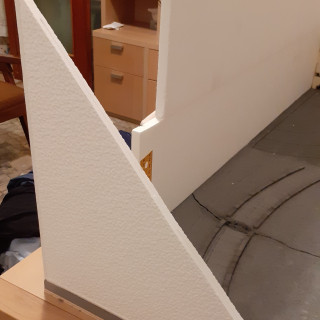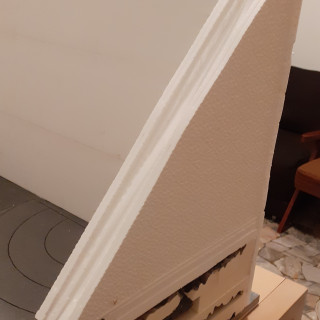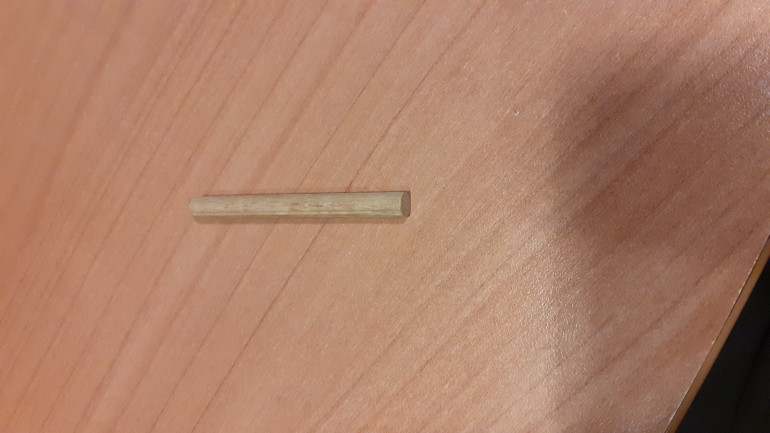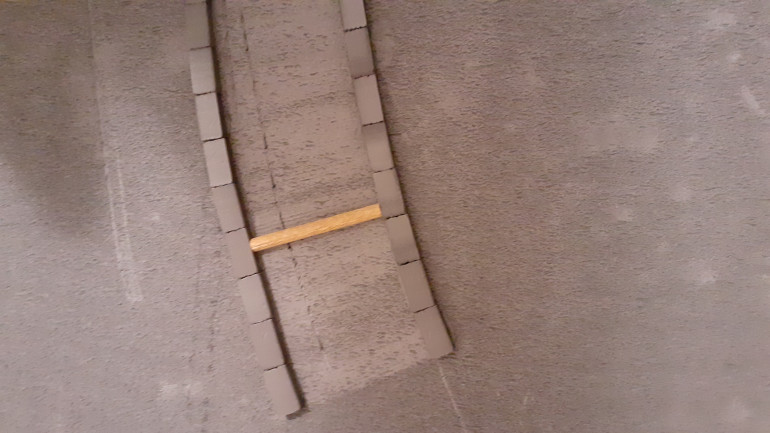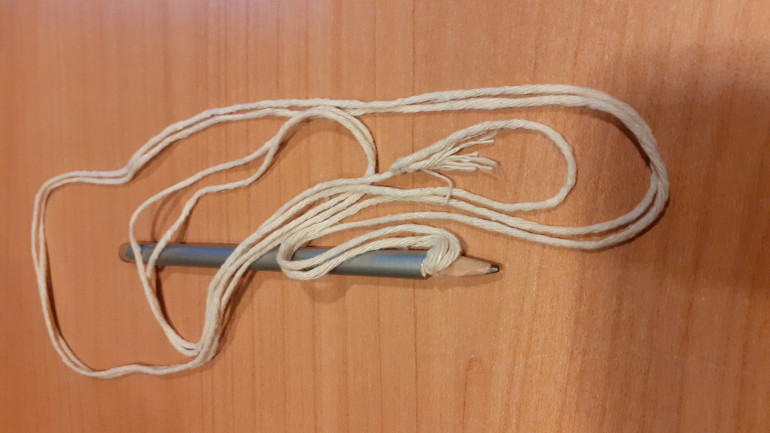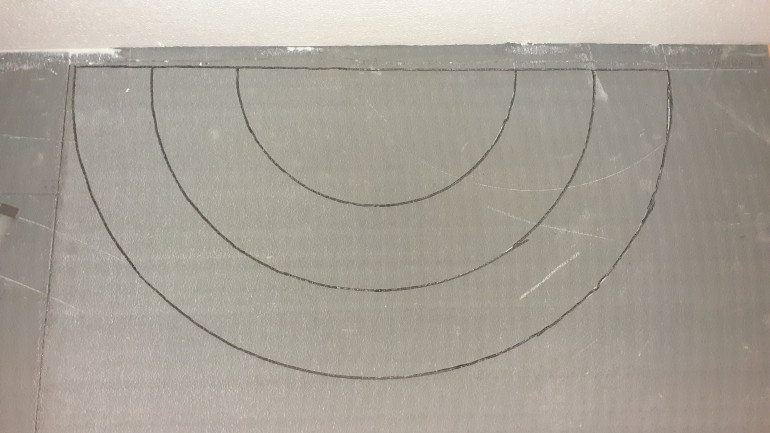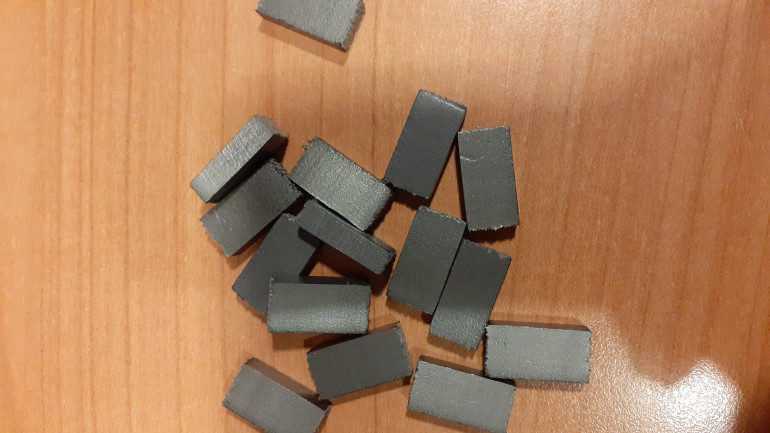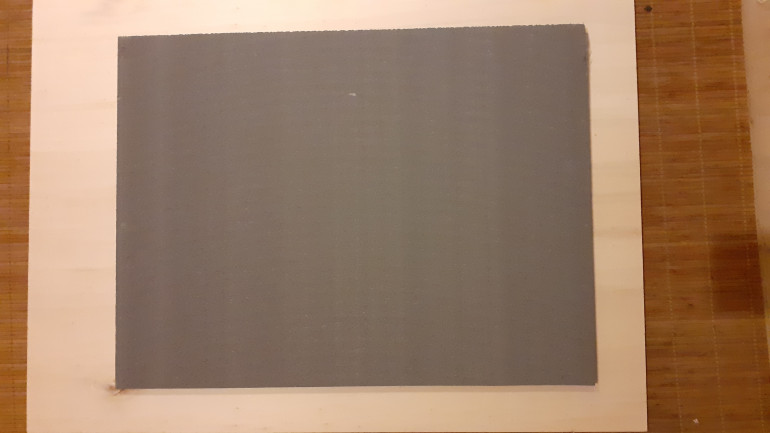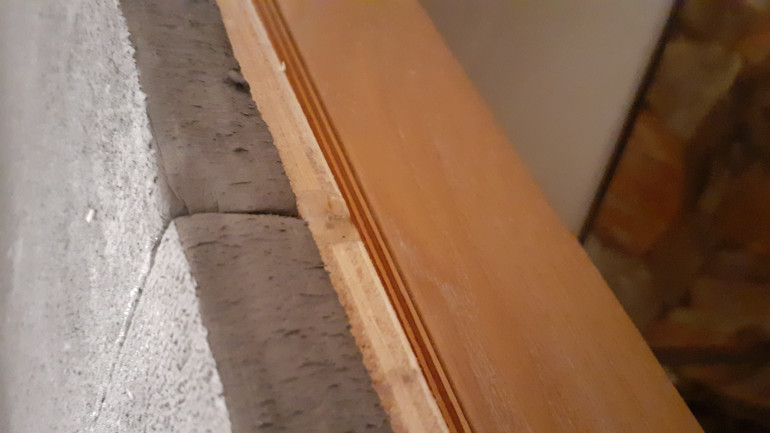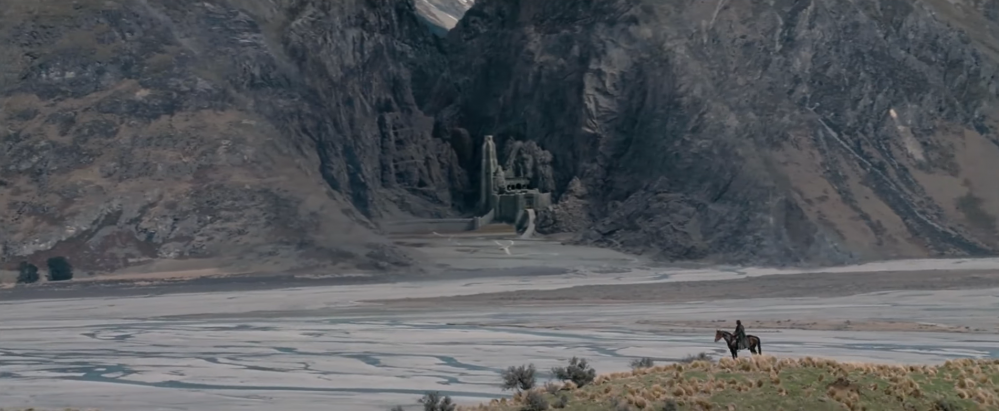
Helm deep from the lord of the ring
Recommendations: 79
About the Project
Finally the time has come to build helm's deep, after many second thoughts I found the courage to tackle the biggest project I have ever done. It is a reproduction of helm's deep as seen in the movie "the lord of the rings - the two towers", before the great battle takes place. The project is not on a precise scale, but the idea is to respect as much as possible the proportions between the various structures that make up one of the most beautiful settings in the cinema. I will try, with each update, to explain the techniques I use, the materials used, motivating, when necessary, the choices I will make throughout the project. I hope it will inspire fans like me, both modeling and the lord of the rings.
Related Genre: Fantasy
This Project is Active
The rocks
In this chapter I will show you how I made the fake rocks that will be applied later. There are several methods to get a realistic effect, I used one that costs little and produces a good result. First of all, get some plaster for decorations or powdered putty, a tablespoon, a little water, a large container and a roll of aluminum paper (the usual pva should not be missing). Start by spreading a little pva evenly on the aluminum foil, then fold the foil in two and let the glue dry.
When the glue is dry, make rectangles of different sizes from the aluminum foil. For each rectangle you get, fold the edge 1 or 2 cm towards the center, so that the new edge you get is thicker and stronger than before. Now wrinkle the aluminum rectangle (DO NOT WALL IT UP) and re-spread the sheet on your work surface. This step is important to achieve the rock effect we want. At this point try to obtain a kind of tub, making sure that the edges are high enough and that the tub made does not swing.
Now take the container and mix the plaster (or putty powder) with water in a ratio of 10 ml of water for each tablespoon of plaster (if you use the plaster powder, after you have formed the mixture with the ratio that I indicated, add a few tablespoons of powdered putty). Pour the mixture into the aluminum mold you made previously; the amount of mixture to be poured is subjective, it depends on how thick you want your rock to be. At this point, tap your hand several times on the work surface in order to make it jump, the vibrations will bring out any bubbles that have formed while pouring the mixture.
Let everything dry without moving the mold. Once dry, unfold the aluminum mold and take out your fake rock. I advise you to wait at least 24 hours before using the rock, in order to be sure that it is absolutely dry. In some cases I had to wait 72 hours, 48 in the mold and 24 outside to air dry. The signal that indicates that the rock is ready to be used is that when it is beaten with a fingernail the sound it must produce must resemble that of a ceramic plate beaten with a fingernail.
Thanks to this method you will be able to make more rocks at a time, cutting the waiting time.
The following is an example of the result obtained with these rocks.
See you next update!
the first brick
Welcome back to a new update on making Helm’s Deep.
In the second chapter of this adventure I had published how the map of helm’s Deep would be composed, not realizing that I had forgotten to consider that the internal circular masonry should also have been double. Fortunately, during the construction of the wall, as you will see from the photos, I had time to draw the section of the internal wall as well.
The diameter of the new wall I added measures 20 cm.
I give you a little advice for the construction of the wall. Start by gluing the first layer of bricks with pva (as I did with the curved wall) and let the glue dry completely. At this point, continue the construction of the wall by adding three to four layers of bricks at a time, and each time let the glue dry well. In this way, in adjusting the position of the bricks you do not risk moving the underlying layers creating a crooked wall.
In other words, if you can, have patience in building the wall and dedicate time to it every day, it is an activity that will take you little time at a time and will guarantee a good result.
Since the innermost curved wall (the one of 20 cm in diameter) will be mostly hidden, I decided to glue some pieces of polystyrene panel that will act as a support for the highest square, in this way I avoid using bricks unnecessarily. (MY PRECIOUS!)
The panels measure 45 cm in height, the other measures are not important, as long as they are sufficient to create a solid structure that will support what will be built later and that they do not interfere with the construction of the wall. I am attaching a handmade scheme.
See you next update!
The profile of the mountain
A very quick update. I cut the panels giving them a shape that resembled the outline of the mountains. You will notice that the panels on the longer side have not been glued along the same line, in fact in correspondence with the interruption between the panels there will be the tower of the Helm’s deep.
As you can see from the photo the mountains in correspondence with the helm’s tower form a kind L, in fact the space between the two panels will be useful for me to realize the part of the mountain that goes back, as well as giving me the possibility to increase the space available behind the curved defense walls.
That was all, folks! Until next time!!
the foundations of the earth
In this phase we place the structure that will support the mountain. Let me start by saying that I needed several polystyrene panels plus other pieces of polystyrene that I recovered at the bottom of some drawers. Let’s start with the largest panel that will hold the fake stones that will be the background.
The panel measures 75 cm in height, and is made up of three 25 cm panels glued with pva; for further safety between the panels I have inserted toothpicks, in this way you avoid that one panel slips on the other during the drying phase, moreover you can speed up the work as the toothpicks guarantee a sufficient grip to go on.
When I glued the panel to the base I deliberately placed it about halfway between the edge of the base and the beginning of the trace of the circular structures for two reasons; the first is that the whole main structure of the helm’s deep extends into the mountain, so I left some space to be able to create the illusion that the mountain has been excavated; to do this, when I build the walls of the circular structures, I will go slightly beyond the limits that I have drawn on the base in order to cover the excess wall with fake stones, in this way I will avoid having holes; the second reason is of a structural nature, that is, the panel will have to bear a lot of weight once I have applied all the stones, filler, etc. etc., then on the back of the panel I will mount some props in order to keep the panel in position.
This panel in length extends far beyond the dimensions I need, when everything is dry it will be cut to the right size and with the profile of a mountain.
For the support structures on the short sides of the base it was sufficient to cut several triangles from decorative polystyrene panels measuring 50 x 50 cm. In reality, it does not matter what material you use, as long as it is light and workable. Given the size of the panels, I raised the support near the entrance to the helm’s deep by 25 cm using waste polystyrene. Again everything will be cut to the right size and shape. Although overall the structure now looks ugly, remember that everything will be covered with rocks and filler so I will have time to correct all the errors.
One last tip, during this whole phase, whenever you think it is necessary, use toothpicks or needles to help you fix the panels.
Until next time!
the map
Now that we have the base ready, we can move on to the next step, which is to transfer the map from our mind to the base.
In this case the helm’s deep is made up of four main structures, circular outer walls, curved outer walls, circular inner walls that support the actual entrance to the helm’s deep and a high tower beside the circular structures.
The whole structure is surrounded by mountains on three sides, so this must be taken into account in this phase, when the map is transcribed on the base.
Let’s start with the curved outer wall. It may seem complicated to make a defense wall that is symmetrically curved, in reality the solution is simpler than what you think. It is sufficient to draw a curve that reminds you enough of that of the external wall, now decide how thick the masonry must be, in my case 6 cm, and make a cylinder of the size of your choice from a wooden or plastic rod.
Once the cylinder is obtained, pass it in correspondence with the curve you have drawn, pressing enough to leave a curved strip on the polystyrene. In this way you have created the track to follow for the construction of the curved masonry.
For the realization of the circular traces of the external and internal walls I made a compass using a pencil and a cord, in this way I was able to trace perfect semicircles even with a very large diameter.
Once the center of your circular structures has been established, just point the string at that point and stretch it until the pencil cannot go further, at which point, keeping the string in tension, trace the semicircles. Determine the measurements of your masonry in advance using knots on the rope at precise distances.
I have not yet addressed the tower as a problem, but on the map I have marked out what its position could be roughly, so as not to occupy its space later.
Finally, before giving you all the measurements, it is right to reserve a space for the protagonists of the project: the bricks!
they are made thanks to a proxxon hot wire, they measure 2x1x0.5 cm, they are of the same polystyrene used for the base. with the bricks I will make all the main structures, except for a few cases that I will point out anyway.
let’s quickly see the various measures:
– external circular wall external diameter: 68 cm
– internal diameter of the external circular wall: 50 cm
– internal circular wall diameter: 32 cm
– distance between the walls of the curved masonry: 6 cm
– total thickness of curved masonry: 8 cm
The base
The base is made of two wooden plates, 80 x 60 cm on each side, 1 cm thick. On top of each slab, glue a panel of extruded polystyrene with pva, making sure that the panel is larger than the wooden slab on at least two of the four sides. The one I use is 2 cm thick.When spreading the PVA, try not to overdo the amount of glue, as well as being a waste, too large areas of PVA do not dry completely, so the panel and the sheet would be poorly glued. Let the glue dry at least one night, if you want to be sure of having an excellent result, place weights on the wooden side, so as not to leave marks on the polystyrene panel. Once dry, cut the polystyrene panel to size passing several times with the cutter. If the cut is crooked and exceeds the polystyrene with respect to the wooden panel, it is sufficient to use sandpaper to straighten everything.
You should have obtained two bases of 80 x 60 cm side, which now need to be glued together along the 60 cm side. Place the PVA on the wooden part along the entire length of the side, in this way the wood will absorb the PVA and ensure that the panels are welded once dry. You can also put pva on the polystyrene part, but do it without covering it entirely, otherwise you will have the same problem as before. to speed up the work I also used a bit of hot glue on the side, at the point where the bases join.









































